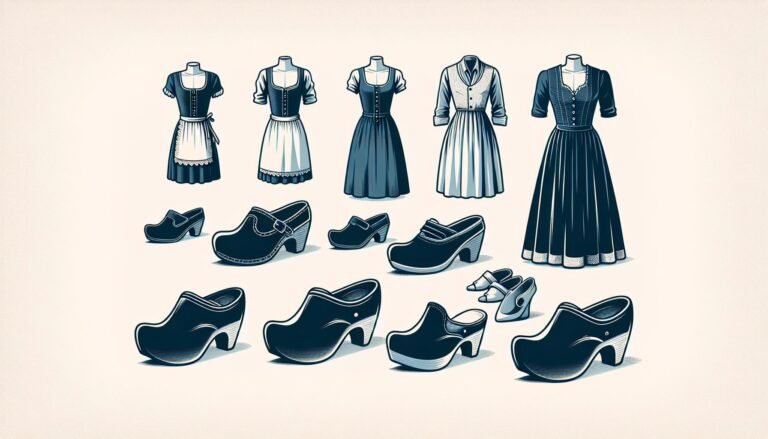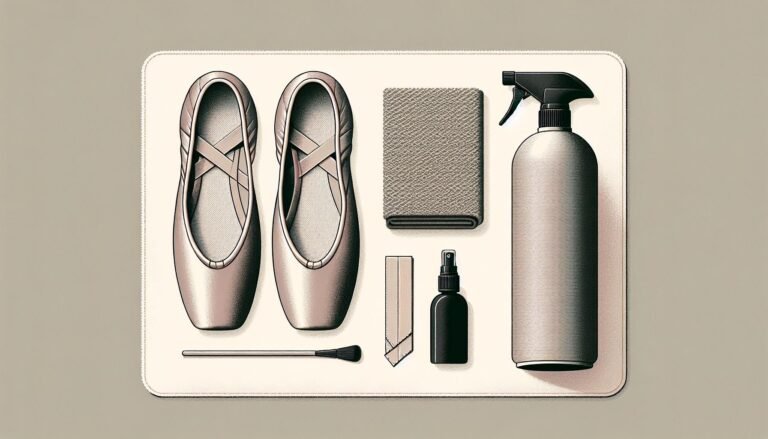Keeping Your Beloved Shoes Safe: Theft in Temples
Shoe theft at temples is a common occurrence, especially on Saturdays which are associated with Lord Shani. Some believe that having your footwear stolen at a temple brings good luck and auspicious results. However, the main reason shoes are removed before entering temples is to maintain cleanliness and purity in the sacred space.
Key Takeaways
- The theft of shoes or slippers from outside temples is considered auspicious in many cultures, symbolizing positive outcomes and changes, especially if it occurs on a significant day like Saturday.
- Different communities interpret such incidents based on their cultural and religious beliefs, showcasing the diversity of rituals and superstitions.
- To prevent theft of footwear when visiting a temple, consider using practical tips such as bringing a shoe bag, using shoe locks, taking a photo of your footwear, staying attentive, and informing authorities if theft occurs.
- In case of theft, immediate actions like informing temple authorities, checking surveillance cameras, filing a police complaint, taking preventive measures, and traveling in groups can help address the situation effectively and prevent future incidents.
Understanding the Risk
In many cultures, the act of stealing shoes or slippers from outside temples is often perceived as favorable or auspicious. This belief stems from the idea that the theft of footwear in this specific setting can bring about positive outcomes or changes. It’s interesting to note how different communities interpret such incidents based on their cultural and religious beliefs.
The tradition of associating the theft of shoes or slippers in temples with good fortune is deeply rooted in astrology and ancient customs. The belief is that losing one’s footwear, especially on a significant day like Saturday, can indicate a significant turning point in one’s life. This belief is supported by various texts and traditions that emphasize the significance of such events.
While the concept may seem unusual or perplexing to some, it highlights the intricate connections between superstitions, cultural practices, and personal beliefs. The conflicting perspectives surrounding this phenomenon underscore the diversity of rituals and interpretations across different societies.
It’s essential to acknowledge the varying viewpoints on this subject and the impact it can have on individuals’ perceptions and behaviors. By delving into the origins and meanings behind these beliefs, we can gain a deeper understanding of how traditions and superstitions continue to influence people’s lives and shape their experiences.
As we explore the complexities of this age-old belief, we uncover a fascinating intersection of faith, culture, and tradition that continues to intrigue and captivate individuals from diverse backgrounds.
Tips for Preventing Theft

To prevent theft of your shoes or slippers when visiting a temple, it’s essential to be proactive and take certain precautions. Here are some practical tips to help you safeguard your footwear:
1. Bring a Shoe Bag:
Consider carrying a small shoe bag with you when you visit a temple. This way, you can keep your shoes or slippers safely stored in the bag while you are inside the temple.
2. Use Shoe Locks:
Invest in shoe locks or clips that can secure your footwear together, making it harder for someone to walk away with just one shoe or slipper.
3. Take a Photo:
Before entering the temple, take a quick photo of your shoes or slippers. In case they get misplaced or stolen, you’ll have a visual reference to show to the temple authorities.
4. Stay Attentive:
While inside the temple, try to keep an eye on your footwear whenever possible. Being aware of your surroundings can deter potential thieves.
5. Inform Authorities:
If you do notice your shoes missing, report the theft to the temple authorities immediately. They may be able to help you locate your missing footwear.
6. Choose a Trusted Spot:
When leaving your shoes or slippers outside, opt for designated shoe racks or areas specifically allocated for footwear storage. Avoid placing them in isolated spots.
7. Mark Your Shoes:
Consider discreetly marking your footwear with a unique symbol or color. This can help you identify your shoes easily and deter theft.
8. Travel in Groups:
If possible, visit the temple with friends or family. In a group, you can take turns watching over each other’s footwear, reducing the risk of theft.
By following these tips and staying vigilant, you can minimize the chances of having your shoes or slippers stolen while visiting a temple. Taking these simple precautions can help ensure a hassle-free and enjoyable temple visit.
What to Do If Theft Occurs

In case theft happens and your footwear is stolen while visiting a temple, it’s essential to take immediate action to address the situation effectively. Here are some practical steps to follow:
- Inform the Temple Authorities:
- Upon noticing the theft, notify the temple authorities or security personnel immediately. They can assist in searching for the missing footwear and help prevent similar incidents in the future.
- Check Surveillance Cameras:
- Ask the temple management to review surveillance camera footage, if available, to identify the culprit and potentially recover the stolen shoes or slippers.
- File a Police Complaint:
- If the theft persists and your footwear is not found, file a formal complaint with the local police station. Provide details of the incident, including the time and location of the theft.
- Take Preventive Measures:
- To avoid future thefts, consider using shoe locks or carrying a small bag to keep your footwear secure during temple visits. Staying vigilant and keeping an eye on your belongings can also deter potential thieves.
- Travel in Groups:
- When visiting temples, try to travel with companions or in a group. This not only enhances safety but also reduces the chances of theft as there are more eyes to watch over personal belongings.
- Use Disposable Shoe Covers:
- Consider using disposable shoe covers or carrying an extra pair of inexpensive footwear while visiting temples. This can be a practical solution to prevent valuable shoes or slippers from being stolen.
By following these proactive steps and staying alert during temple visits, you can minimize the risk of theft and ensure a more enjoyable and stress-free spiritual experience. Remember that being prepared and taking prompt action are key to dealing with theft incidents effectively.
Protecting our shoes or slippers at temples is not just about preventing theft; it’s about respecting cultural beliefs and ensuring a smooth spiritual journey. By following simple precautions like using shoe locks and staying aware, we can safeguard our belongings and focus on our spiritual experience. In the rare event of theft, quick actions such as informing authorities and taking preventive measures can help mitigate the situation. Let’s embrace these practices to cherish our temple visits and maintain the sanctity of our rituals.
Frequently Asked Questions
Why should I remove my shoes at temples?
Removing shoes at temples is a sign of respect and cleanliness in many cultures. It signifies leaving the outside world behind and entering a sacred space.
How can I prevent theft of my footwear at temples?
To prevent theft, consider using shoe locks, staying vigilant, informing authorities, and traveling in groups. These steps can help safeguard your belongings during temple visits.
What should I do if my shoes are stolen at a temple?
If theft occurs, inform temple authorities, check surveillance cameras if available, file a police complaint, take preventive measures, travel in groups, and consider using disposable shoe covers to protect your belongings.
Are certain types of shoes more appropriate for temple visits?
You can wear any footwear to a temple, but sandals or flip flops are commonly worn for easy removal when entering and exiting buildings. The most important thing is to dress modestly and respectfully.






